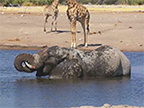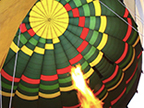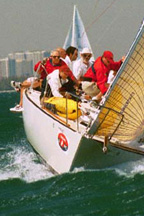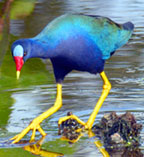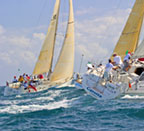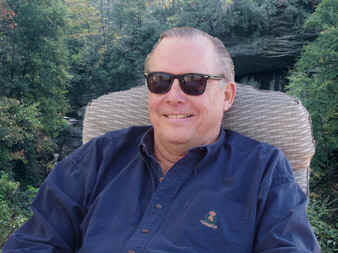
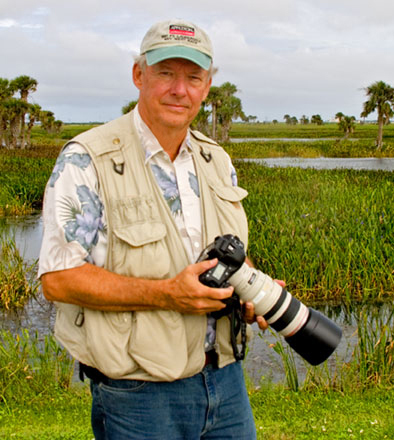 Spruance
Enterprises Photography
Spruance
Enterprises Photography
Spruance.com
Home
Page
Photo Gallery
Video
Gallery
Facebook
Page
Print Prices
About
the
Photographer
B/General
William W.
Spruance
Biography
Canon Notes
Copyright
Warning
Disclaimer
Click the image
below to go to
the gallery:
Copyright 2016
Spruance Enterprises
All Rights Reserved
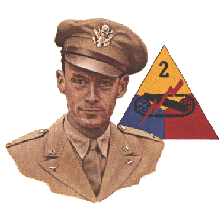 |
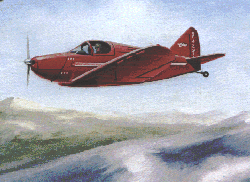 |
SURVIVE AIRPLANE and AUTOMOBILE CRASHES.
General Spruance lived to tell about his near-fatal 140 mph jet crash.
More than 150,000 people have seen his personal presentation. Many survived subsequent
crashes because they had heard his story.
Learn how you may SAVE YOUR LIFE, and your loved ones.
Click HERE to start the slide and video presentations.
Link to: Flight Safety Speech Notes
SETTING: In 1940, George S. Patton listened while a young field artillery forward observer enthusiastically explained the potential of light aircraft in artillery spotting and observation. Patton, then Commander of the 2d Armored Division, saw the merit of Lieutenant Spruance's ideas and tasked him to develop aerial tactics and strategy for the division. The pioneering work of that young officer led to the successful use of light aircraft in WW II, and laid the cornerstone for today's vital forward air control mission.
"William W. "Bill" Spruance, a pioneer in the early use of aircraft in the forward air control role, flew 362 missions in the China-India-Burma Theater and continues to be a major force in aviation.
A native of Wilmington, Delaware, Spruance received his commission in the US Army Field Artillery Officers Reserve Corps from Princeton University in 1939.
He was assigned to Fort Benning, Georgia, as a field artillery forward observer in the 2d Armored Division commanded by George S. Patton.
In his spare time Spruance flew his own aircraft, a low-wing Culver Cadet, at the municipal airport where Patton was also learning to fly. Spruance and Patton met, and discussed the role of light aircraft on the battlefield. Patton was duly impressed with the young officer's innovative ideas and understood their applicability.
Reporting directly to Patton, Spruance was given authority to develop new techniques, train observers, and fly leaders over their units during maneuvers.
Lacking light Army Air Corps (AAC) aircraft, he flew his personal Culver or rented private aircraft. His pioneering work promoted the use of light aircraft throughout Europe in WW II, laying the foundation for today's forward air control mission.
At Patton's suggestion, Spruance joined the USAAF in 1942. Enrolled in the first aviation class of officers, he reported to training in his own aircraft asking, "Where do I go to learn how to fly?"
He received the top score in class 43A in aerial gunnery but was assigned to fly the C-47 Skytrain because of a shortage of transport pilots.
In 1944 he activated and commanded the 4th Combat Cargo Squadron, flying the C-46 Commando. Spruance completed his 362d combat mission while flying the High Hump in the C-54 Skymaster.
In October 1945 he left active duty and in 1946 helped found the Delaware Air National Guard. He was later named Chairman of the Delaware Aeronautics Commission.
In 1961 Spruance received extensive burns in a near-fatal T-33 crash. He has since delivered a powerful safety message to over 150,000 people in over 1,500 presentations.
Spruance was awarded the first AF Distinguished Service Medal given to other than a Regular officer for his work in Vietnam, where in 1968 he briefed over 100 times to more than 10,000 people at 58 bases in 60 days.
Other honors include two Distinguished Flying Crosses, four Air Medals, and three Delaware Conspicuous Service Crosses. Spruance was a command pilot with over 4,500 hours.
He was Chairman Emeritus of Embry-Riddle Aeronautical University, having been Board Chairman for 17 years.
He was a permanent member of the Board of the Air Force Association and was on the Board of the Aerospace Education Foundation.
On January 15, 2011 B/Gen. William W. Spruance went west to join all of his other dearly departed friends. He will always be remembered for all the lives he touched and saved.
This article was
provided by Maxwell Air Force Base
-
Home of the Air
University.
Flight Safety Speech Notes
Will you Survive?
©
Copyright 2016
William E. Spruance
Spruance Enterprises
All Rights Reserved
